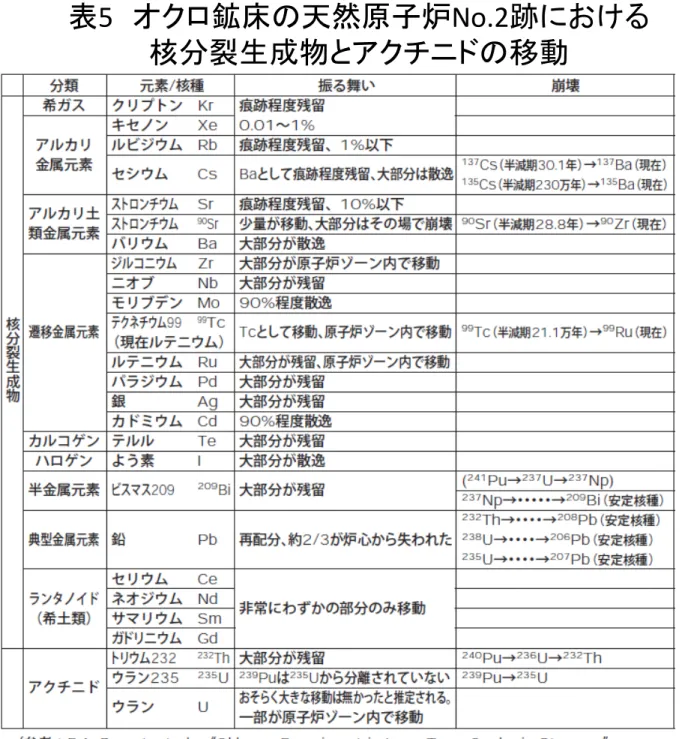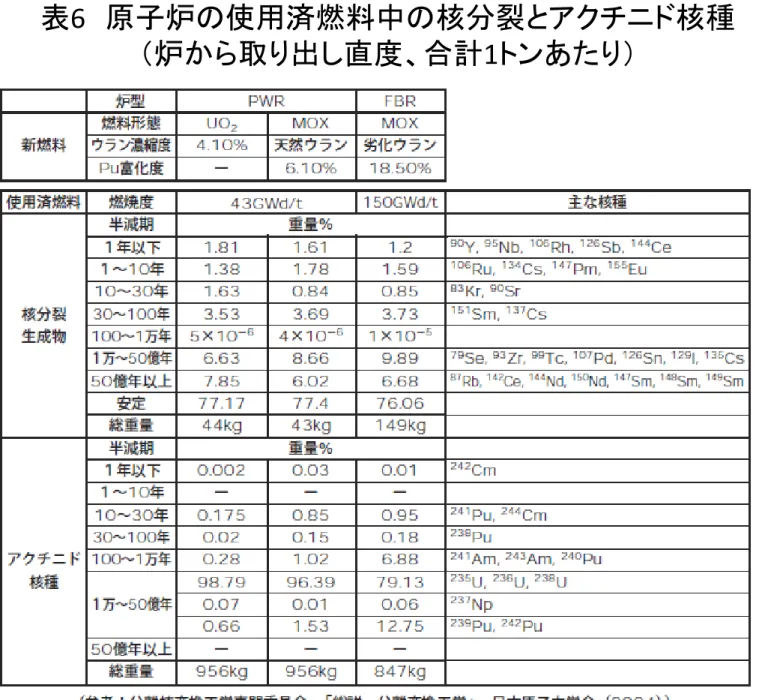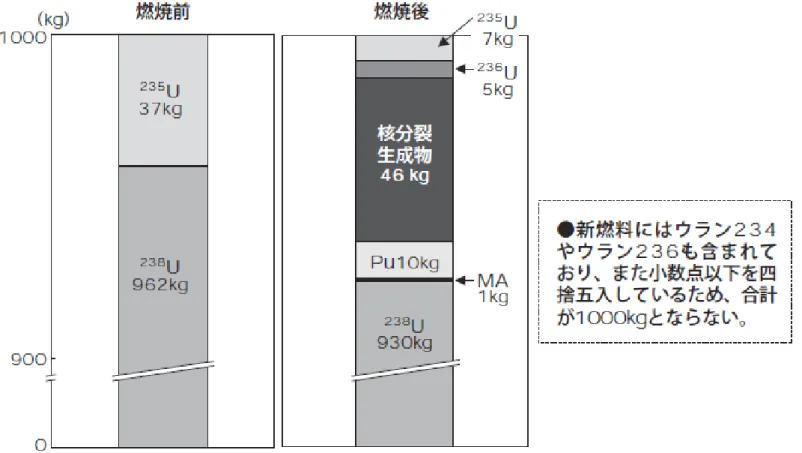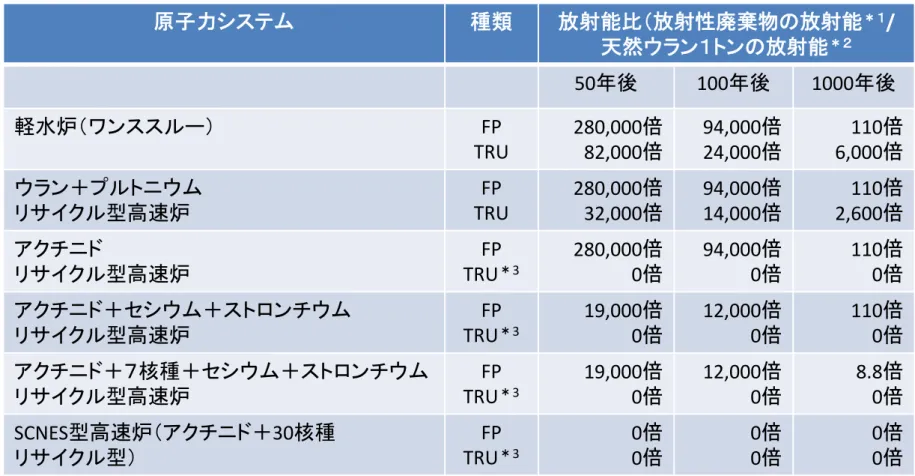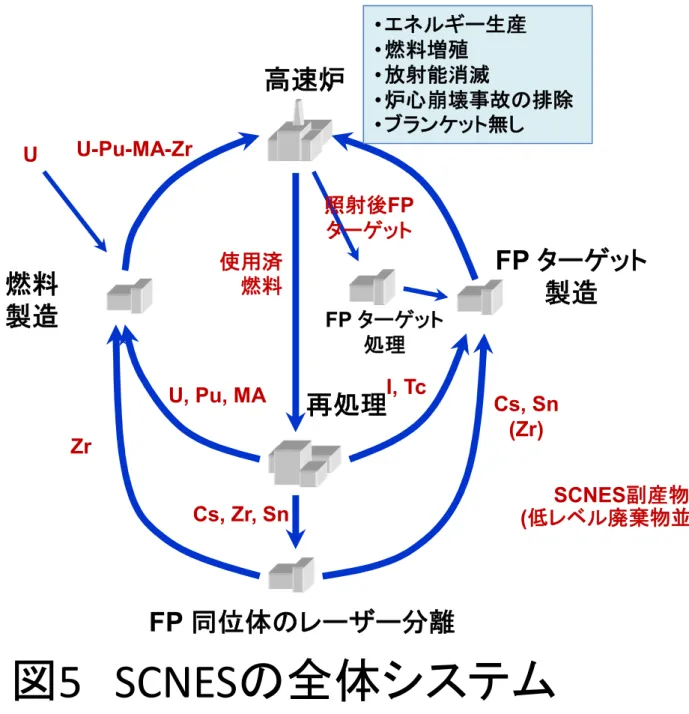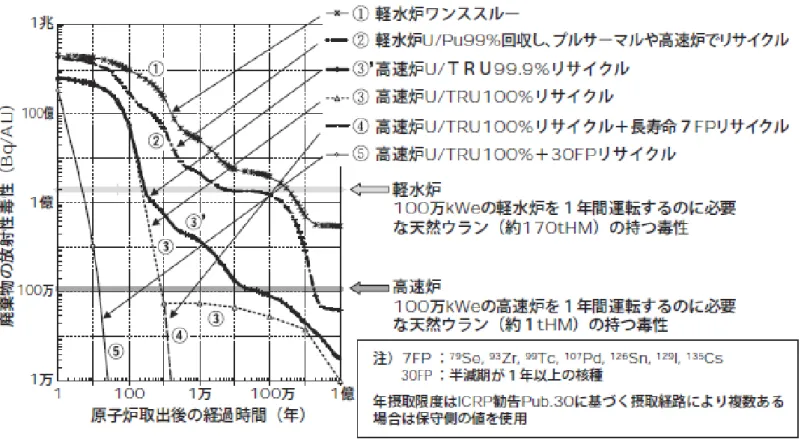Simultaneous Satisfaction of Resource Demand
and Environmental Protection
Utilization to Harmonization
Utilization to Harmonization
Industrial Revolution・Diversification of resources ・Mass consumption of energy Industrial Revolution
・Diversification of resources ・Mass consumption of energy
By-Products :
NOx, Sox, etc.
Global warming
by CO
2emission
Turning Point of Fossil – Fuel Based Civilization
Turning Point of Fossil – Fuel Based Civilization
Restricting Unlimited Use of Fossil Resources
・
Ethics based on harmonization
・
Regulation
・
Technical countermeasures
Restricting Unlimited Use of Fossil Resources・
Ethics based on harmonization
・
Regulation
・
Technical countermeasures
・provide new knowledge to the human society develop new fields of science and technology ・accept and support the civilization
・harmonize with the environment and society ・provide new knowledge to the human society
develop new fields of science and technology ・accept and support the civilization
・harmonize with the environment and society
Requirements for Future Science & Engineering
Will it be a balanced and comprehensive technology ?Oklo Natural Reactors (2 billion-years ago) X Ray (1895) Radioactivity (1896) Chicago Pile (1942)
Advanced Nuclear Science & Technology
Synthesize with Conventional Technology Self-Consistent Nuclear Energy System Energy, Material, Information, Technology Laser,
Accelerator Fusion Reactor LWR
Radiation Application
Fast Reactor
Nuclear Energy System with
5 Objectives satisfied Simultaneously
Effective Use of Natural
Resources
Environment
Protection
Fuel production( Full use of natural resources) Transmutation of Radioactive Waste (Zero-release of radioactive waste) Secure Safety & Security (Re-criticality Free Core) Pu denaturing (Non-proliferation) Electric Energy Hydrogen Energy (Efficient use of natural resources)
1.
Energy
4. Safety
2.
Fuel
3.
Waste Management
5.
No Nuclear Weapon
Future Nuclear Energy System and its Target
Uranium
Stable
elements
No-radioactive
waste
Fuel resources
(Fuel recycling)
Safety
(Elimination of
recriticality issues
Energy(electricity or
chemical one)
Energy
Neutron balance Energy balance Nuclear fuel cycleEnergy/fuel production and radionuclide transmutation by neutron reaction Recovering of recycled material
System Boundary
Reactor Reprocessing Fabrication Spent fuel Long-lived FPs1. fission reaction
thermal energy Ef 200
1. Energy loss at power plant
energy loss due to conversion Er1 118
other consumptions Er2 8
2. Energy loss at fuel cycle
reprocessing & fabrication Ec1 < 0.2 LLFP nuclide separation Ec2 < 1 LLFP multi-recycling Ec3 < 0.1 1. Obtained energy electricity Ee 73 Usable Energy Produced Energy
Items (MeV/fission)Energy
Consumed Energy
It is required to achieve non-proliferation by the addition of Np237, Am241 and
Am243 to fuel under the condition of the available neutrons.
SCNES neutron balance
number of neutrons per fission oxide fuel core metal fuel core Consumption
1. Chain reaction
fissile fission 0.8 0.72 fertile fission 0.2 0.28 2. Breeding (fertile capture) (BR=1.0) 1 0.85 3. FP transumutaion (with isotope separation) 0.24 0.24
4. Parasitic capture
fissile capture 0.2 0.13
others 0.25 0.2
5. Parent nuclide capture for non-proliferation 0.2 (available) 0.5 (available)
Future Nuclear Energy System needs
Fuel Cycle with Isotope Separation
A Nuclear Fission generates about 2.9 neutrons
- for chain reaction needs 1 neutron
- for fuel production needs more than 1 neutron
- for transmutation of radioactive FP needs about 0.6 neutron
(considering neutron absorption and leakage)
Absorption (n/fiss.) FP T1/2 lower limit(Year) Element-wise Separation Isotope-wise Separation 1 3 10 20 30 100 200 2000 50000 6.78 2.07 1.99 1.23 1.12 1.07 0.95 0.95 0.95 0.25 0.24 0.24 0.24 0.24 0.22 0.22 0.22 0.22
Neutron Balance in SCNES with Proliferation Resistance
-Pu Grade Target: Reactor Grade
Pu-Neutron Reactions
Core Fuel
Requirement
MOX Metal 1. For Chain Reaction
Pu Fissile Fission (Nfis1) Others Fission (Nfis2)
1.00 0.80 0.20 1.00 0.72 0.28 Nfis1+Nfis2=1.0
2. For Fuel Production (Pu Fissile Production) 238U, 238Pu, 240Pu, capture (N
b) 0.98 0.98 0.83 0.83 Breeding Ratio = (Nb+Np2)/(Nfis1+Np1) ≧1.0
3. For Pu Protection (Taget: Rea. Grade Pu, (Np))
Pu Fisslie,239,241Pu, capture (N p1) 237Np, 241Am Capture (N p2) 243Am Capture (N p3) 0.24 0.20 0.02 0.02 0.16 0.13 0.02 0.01 (Np)/Nb≧0.18 ≧Reactor Grade Pu or NSFN [n/s/kgPu] ≧Reactor Grade Pu 4. For LLFP Transmutation LLFP capture (Nfp) 0.24 0.24 0.24 0.24 T1/2> 1 year FP Transmutation with isotope separation
5. Others 0.21 0.17
Total 2.69 2.42
Generated Neutron by Fission 2.90 2.90
1) Fundamental Data are delived from “Yoichi Fujiie’, Masao Suzuki, “Nuclear Energy System for a Sustainable Development Perspective -Self-Consistent Nuclear Energy System-,” Progress in Nuclear Energy, Vol. 40, No. 3-4, pp. 265-283, 2002” Re-composed by H. Sagara
2) MA composition data at equilibrium state are delived from “A. Mizutani, A. Shono and M. Ishikawa, “Investigation of Equilibrium Core by Recycling MA and LLFP in Fast Reactor Cycle(I),” JNC TN9400 99-043 (1999)
Safety of SCNES with Re-criticality
Free Reactor Core
• The safety aspects of a nuclear energy system are discussed sometimes from its inherent safety characteristics. In other words stop, cool and contain. The essential safety measure is to avoid that the radioactive material should have mobility to move outside the system to the environment during meltdown of the core.
• Especially in fast reactor system, since the criticality issues for both normal and abnormal operation condition are related to the principal safety characteristics of fast reactor core configuration. It means that the core does not show the maximum reactivity configuration related to the material relocation.
• On the contrary, concerning to the cooling ability of the system it is possible to apply a system with high heat transport material with low pressure operation like sodium cooled system
• Treatment of HCDA issues like UTOP and ULOF have been made for the safety assessment of FBR in the world even the occurrence probability is negligibly small like 10-7/(reactor x year).
• In SCNES we also put our focus on the re-criticality problem.
• If we consider the low occurrence probability, it is not possible to equip such a system with active element as a safety circuit. We decided to introduce a safety system to make use of physical
properties like a melting point and relocation due to phase change in the existence of gravity. • a fast reactor system.
Objective and outline of EAGLE-project
Objective:
Confirm that the “re-criticality issue” would be eliminated from
the CDA scenario by the early fuel-discharge from the core
region, with clarifying the necessary design conditions for the
re-criticality free core.
Approach:
- Use IGR and Out-of-pile apparatus of the NNC/Kazakhstan
Fuel pin
Inner duct
Example of discharge-enhancing design
表
5 オクロ鉱床の天然原子炉No.2跡における
核分裂生成物とアクチニドの移動
表
6 原子炉の使用済燃料中の核分裂とアクチニド核種
(炉から取り出し直度、合計
1トンあたり)
図
7 軽水炉燃料の燃焼前後の組成の変化
表
7 50, 100, 1000年後の放射性廃棄物の放射能比
原子力システム 種類 放射能比(放射性廃棄物の放射能*1/ 天然ウラン1トンの放射能*2 50年後 100年後 1000年後 軽水炉(ワンススルー) FP TRU 280,000倍82,000倍 94,000倍24,000倍 6,000倍110倍 ウラン+プルトニウム リサイクル型高速炉 FP TRU 280,000倍32,000倍 94,000倍14,000倍 2,600倍110倍 アクチニド リサイクル型高速炉 FP TRU*3 280,000倍0倍 94,000倍0倍 110倍0倍 アクチニド+セシウム+ストロンチウム リサイクル型高速炉 FP TRU*3 19,000倍0倍 12,000倍0倍 110倍0倍 アクチニド+7核種+セシウム+ストロンチウム リサイクル型高速炉 FP TRU*3 19,000倍0倍 12,000倍0倍 8.8倍0倍 SCNES型高速炉(アクチニド+30核種 リサイクル型) FP TRU*3 0倍0倍 0倍0倍 0倍0倍 *1:電気出力100万kWeの原子力発電所を1年間運転した際に発生する使用済燃料の下記年数経過後 の放射能。 *2:天然ウラン1トンの放射能として、崩壊系列の娘孫核種を含んだ値(1.8×1011ベクレル(4.9キュ リー))を用いた。娘孫核種を含まない場合の放射能は、1.3×1010ベクレル(0.35キュリー)となる。 *3:超ウラン元素(TRU)は全てリサイクルされる(リサイクルロスを0と想定)。注意:電気出力100万kWの発電所を1年間運転した場合 天然ウラン 170トン‐金属換算 天然ウラン 1トン‐金属換算 使用済燃料 30トン ガラス固化体 5トン 灰 5万トン 資源消費量 廃棄物発生量 石炭 220万トン 高速増殖炉サイクル 天然ウラン 90トン‐金属換算 ガラス固化体 5トン CO2 600万トン SOx 120万トン 石油 140万トン SOx 4万トン CO2 500万トン 軽水炉ワンススルー プルサーマル 石炭火力 石油火力
